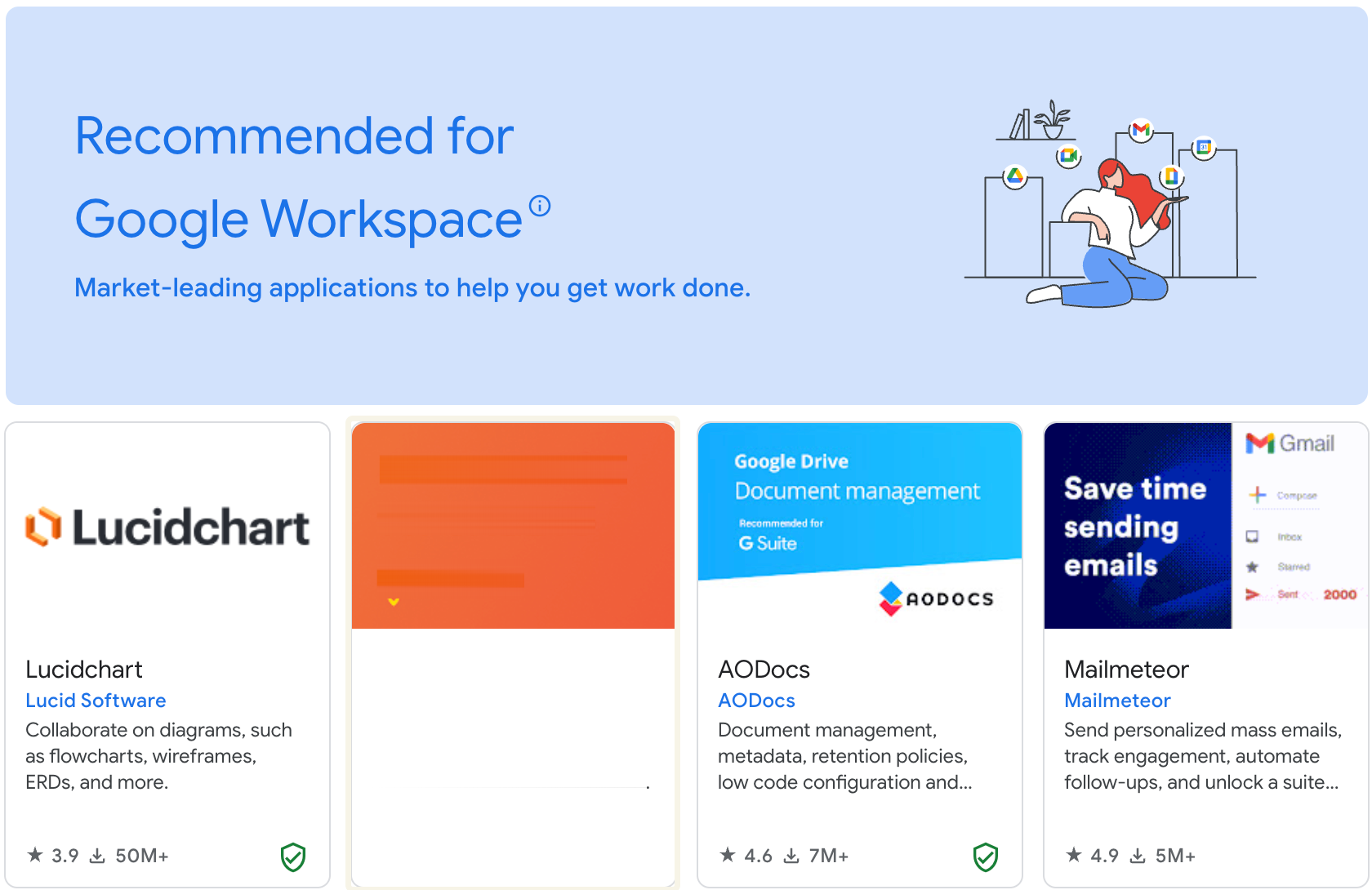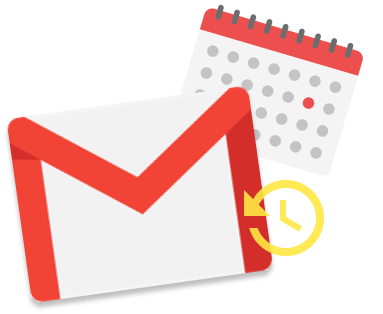Email is the standard form of modern online communication. And while it might seem like a recent thing, it dates back 50+ years, predating the internet itself.
In this post, let’s walk through the history of email to where it is today.
Let’s jump in.
- 1965: what sparked the idea of email
- 1971: when ray tomlinson invented email
- 1976: the first ‘royal’ email
- 1978: the first ‘spam’ email
- 1988: the first commercial email client
- 1992: beyond text-based emails
- 1993: the rise of webmail
- 2002: email comes to mobile devices
- 2003: the banning of unsolicited emails
- 2004: the rise of gmail
- 2018: powerful plugins for gmail
- 2018 - 2025: email regulations and standards you need to be aware of
- what’s next for email?

1965: What sparked the idea of email
In 1965, computers were big, like the size of an entire room, and you’d have to share the computer with a bunch of other users.
And because these computers had to be backed up frequently (which took a long time), you’d want to know if the person who went before you did it.
To combat this, an idea was put forward by the folks at MIT to have a way to leave a message to the next user logging in that the computer had been backed up.
Noel Morris and Tom Van Vleck took on this challenge and created this first ‘mail’ style system.
Building on this concept, in 1971, Ray Tomlinson made a significant leap…
1971: When Ray Tomlinson invented email
Before 1971, mail was limited to leaving messages for people on the same computer.
In 1971, Ray Tomlinson was working on a government-funded project called ARPANET (that eventually became the internet) and found a way to send mail to addresses over the ARPANET to different computers.
Today’s ‘@’ symbol formed a key part of this system where the part before the @ specified the local (who) and the bit after the host.
What was the first email sent? Although Ray has passed, he said it was likely a variation on the top line of a keyword—‘qwertyuiop’.
Email continued to evolve over the years following, and in 1976, it even reached royal heights…
1976: The first ‘royal’ email
British Queen Elizabeth was invited to take ARPANET’s email program for a spin on her visit to the Royal Signals and Radar Establishment in England.
According to Business Insider, Peter Kirstein helped her send her first message under the username ‘HME2’ (Her Majesty, Elizabeth II).
The adoption of email kept growing, and by 1978, it also saw the rise of a new phenomenon…
1978: The first ‘spam’ email
In 1978, marketing manager Gary Thuerk, who was working for a computer company, decided to send a marketing email to sell a new computer they were launching.
This unsolicited spam email pulled in a whopping $13 million, becoming famous as the first spam email in history.
1988: The first commercial email client
According to Microsoft, the first commercially available email client was released by Microsoft, not Google, called ‘MSMail’.
This email client was the predecessor of Hotmail which was acquired by Microsoft in 1997 and later replaced by Outlook in 2011.
1992: Beyond text-based emails
Before 1992, emails were limited to basic ASCII formatting (letters and numbers). And required basic knowledge of coding for them to come out correctly.
Thanks to the combination of the Multipurpose Internet Mail Extension (MIME) that allowed support of other character sets and attachments, and to the introduction of the WYSIWYG editor that lets you use fonts, colors, emojis, and more—anyone could write an email.
The accessibility of email further expanded in 1993 with the advent of webmail…
1993: The rise of webmail
Before 1993, you had to use the mail app installed on your PC to use email.
But in 1993, it became possible to access providers like Outlook via Outlook.com.
What’s interesting is that, according to Microsoft, Webmail didn’t become popular until the mid-90s. Hotmail was the first popular (and free) provider to offer this service.
The ability to check via a browser meant you were no longer limited to your PC, but could check your email anytime, anywhere.
This flexibility paved the way for email to make its way onto mobile devices…
2002: Email comes to mobile devices
The Blackberry 5810, was the first device to popularize using email on mobile devices. Used in a business sense in the early days, it became a popular device among everyday individuals.
2003: The banning of unsolicited emails
As email grew in popularity, no regulation meant spam became a huge problem.
The United States passed an act in 2003 called CAN-SPAM which was designed to develop rules to protect consumers from “unwanted mobile service commercial messages”.
Rules like making it compulsory to provide recipients with a way to unsubscribe from emails came out of this initiative. However, many say that ‘CAN-SPAM’ didn’t solve the problem because it didn’t make it explicitly illegal to send unsolicited emails.
2004: The rise of Gmail
According to Google, in 2004, Gmail started when a Google engineer named Paul Buchheit was experimenting with email.
In a 2005 blog post, Paul said:
“My email was a mess. Important messages were hopelessly buried, and conversations were a jumble…I couldn’t always get to my email because it was stuck on one computer, and web interfaces were unbearably clunky. And I had spam. A lot of it. With Gmail I got the opportunity to change email — to build something that would work for me, not against me.”
Buchheit first created Gmail as a browser-based program to solve the mess by developing a way for users to search for their messages. Not being sure if the program was for everyone, he shared it with his peers, and they were impressed with the search and storage capabilities.
Google launched Gmail on the 1st of April, 2004 with its search function and a whopping 1GB of storage (500x more than alternatives at the time.) Which was so revolutionary that people thought it was April Fool’s joke.
Over the years, Gmail continued to evolve, and powerful plugins further enhanced its capabilities…
2018: Powerful plugins for Gmail
According to Exploding Topics, Gmail is the most popular platform for both personal and business users with 3 billion active Google Workspace users and over 50% of the global market share.
A core part of the reason for the success is its deep integration with platforms and plugins that expand the core functionality of Gmail.
If we take a look at the most recommended Google Workspace plugins we’ll find a few apps recommended by Google itself:

If we take Mailmeteor for example, this powerful plugin lets you send personalized mass emails, track engagement, automate follow-ups, and unlock a suite of marketing tools right from Gmail.
Trusted by over 6 million Gmail users, and ranked the 4th most downloaded app on the Google Workspace marketplace, it’s worth taking it for a spin.
2018 - 2025: Email regulations and standards you need to be aware of
- 2018: GDPR was released in the EU and was the most detailed standard to protect digital privacy. This standard made things like consent from recipients (email opt-ins) a legal requirement.
- 2021: Apple released the Mail Privacy Protection (MPP) feature that made it tougher for email marketers to track the success of their campaigns with their updated privacy protection.
- 2023: Yahoo and Gmail released several updates that affect a bunch of sender’s deliverability. Things like stricter limits on spam complaints, compulsory one-click unsubscribe, and authentication requirements. For an in-depth guide on these updates (and how to get around them) check out this guide.
What’s next for email?
Things have moved fast for email over the past 50 years. And if there’s one clear thing that’s clear—email isn’t going anywhere.
The inbox is becoming an ever-increasing sacred space with developments happening all the time to reduce spam and enhance privacy.
If you want to keep up with the latest developments in email, one of the best ways to do it is to sign up for the Mailmeteor newsletter.
As the leading email marketing platform for Gmail and Outlook, it’s imperative for us to keep you up to date with the latest developments.
FAQs about the history of email
When was email invented?
In 1971, Ray Tomlinson was working on a government-funded project called ARPANET (that eventually became the internet) and found a way to send mail to addresses over the ARPANET to different computers.
The ‘@’ symbol we use today formed a key part of this system where the part before the @ specified the local (who) the bit after the host.
When did email become popular?
Email didn’t become popular on the consumer level until the rise of web-based mail in 1993, which let you log in to your email anytime, anywhere. However, it was Hotmail in the late 90s that was the first popular (and free) webmail.
Which country invented email?
Ray Tomlinson invented email in the United States in 1971 while working on the ARPANET project.
What was the first email?
Although Ray Tomlinson, who invented email in 1971, has now passed, he said the first email he sent was a variation on the top line of a keyboard, ‘qwertyuiop’
When did Hotmail come out?
Hotmail was acquired by Microsoft in 1997 and later replaced with Outlook in 2011.
When did Gmail start?
According to Google, Gmail started as a project in 2004 when Google engineer, Paul Buchheit created a browser-based program to allow users to search through their inbox.
Not being sure if the program was for everyone, he shared it with his peers, and they were impressed with the search and storage capabilities.
Google launched Gmail on the 1st of April, 2004 with its search function and a whopping 1GB of storage (500x more than alternatives at the time.) Which was so revolutionary, that people thought it was an April Fool’s joke.



